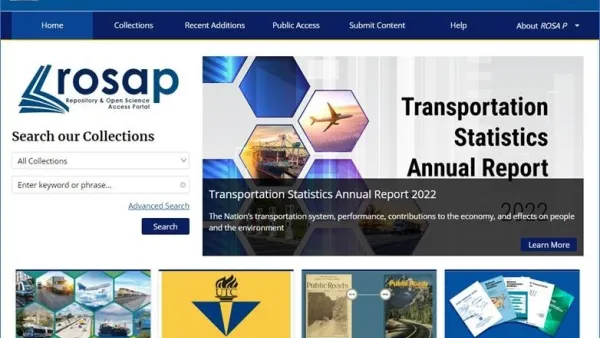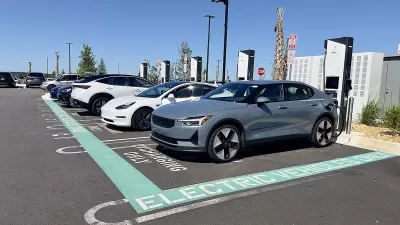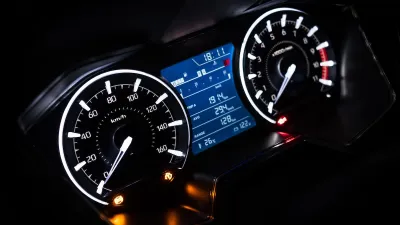A new 21-page report evaluates the efforts of ID, NH, MA, MN, OR, and VT to raise state fuel taxes from 2006-2009. Why did only two succeed? This analysis looks only at how the debates were played out in print media in each of the states.
Can "frame analysis of media discourse" provide insight into the outcome of the debate as to whether or not to increase gas taxes? Was it dependent on the arguments used, e.g. infrastructure collapse, or simply the number of times each side made their case? Oregon and Vermont did pass fuel taxes, two-cents gasoline; and a 2% gas sales tax and three-cent diesel tax respectively.
"In January of 2009, legislators and chief executives in as many as 15 states were proposing legislation to raise gasoline taxes. With gasoline prices averaging half of their July 2008 peak, and states facing massive budget deficits in operating budgets and transportation accounts, increasing gas taxes became a logical option. However, by the end of June, only three state legislatures had approved gasoline tax hikes; Oregon, Rhode Island and Vermont.
In this analysis we focus exclusively on how the issue has been framed in the news media as a window into the discourse surrounding the policy debate."
From TRB: "The University of Vermont Transportation Research Center has released a report that examines how proposed gasoline tax hikes were framed in the print news media to see if these frames can provide clues to the eventual policy outcomes."
From Land Line Magazine (June 5, 2009): Vermont gas tax increase now in effect, diesel tax boost effective Oct. 1: "Vermont Gov. Jim Douglas recently signed the $540 million transportation budget. There was little fanfare over the bill increasing the state's fuel taxes about 3 cents per gallon."
"The 2 percent tax (increase) on wholesale gas prices...equates to a 3.3-cent-per-gallon boost that brings the state's tax rate on gas to 22.3 cents. The diesel tax is 26 cents per gallon."
Thanks to TRB Transportation Research E-Newsletter
FULL STORY: Gasoline Taxes: An Examination of News Media Discourse Related to Gas Tax Funding in Six States

Planetizen Federal Action Tracker
A weekly monitor of how Trump’s orders and actions are impacting planners and planning in America.

Maui's Vacation Rental Debate Turns Ugly
Verbal attacks, misinformation campaigns and fistfights plague a high-stakes debate to convert thousands of vacation rentals into long-term housing.

Restaurant Patios Were a Pandemic Win — Why Were They so Hard to Keep?
Social distancing requirements and changes in travel patterns prompted cities to pilot new uses for street and sidewalk space. Then it got complicated.

In California Battle of Housing vs. Environment, Housing Just Won
A new state law significantly limits the power of CEQA, an environmental review law that served as a powerful tool for blocking new development.

Boulder Eliminates Parking Minimums Citywide
Officials estimate the cost of building a single underground parking space at up to $100,000.

Orange County, Florida Adopts Largest US “Sprawl Repair” Code
The ‘Orange Code’ seeks to rectify decades of sprawl-inducing, car-oriented development.
Urban Design for Planners 1: Software Tools
This six-course series explores essential urban design concepts using open source software and equips planners with the tools they need to participate fully in the urban design process.
Planning for Universal Design
Learn the tools for implementing Universal Design in planning regulations.
Heyer Gruel & Associates PA
JM Goldson LLC
Custer County Colorado
City of Camden Redevelopment Agency
City of Astoria
Transportation Research & Education Center (TREC) at Portland State University
Jefferson Parish Government
Camden Redevelopment Agency
City of Claremont





























